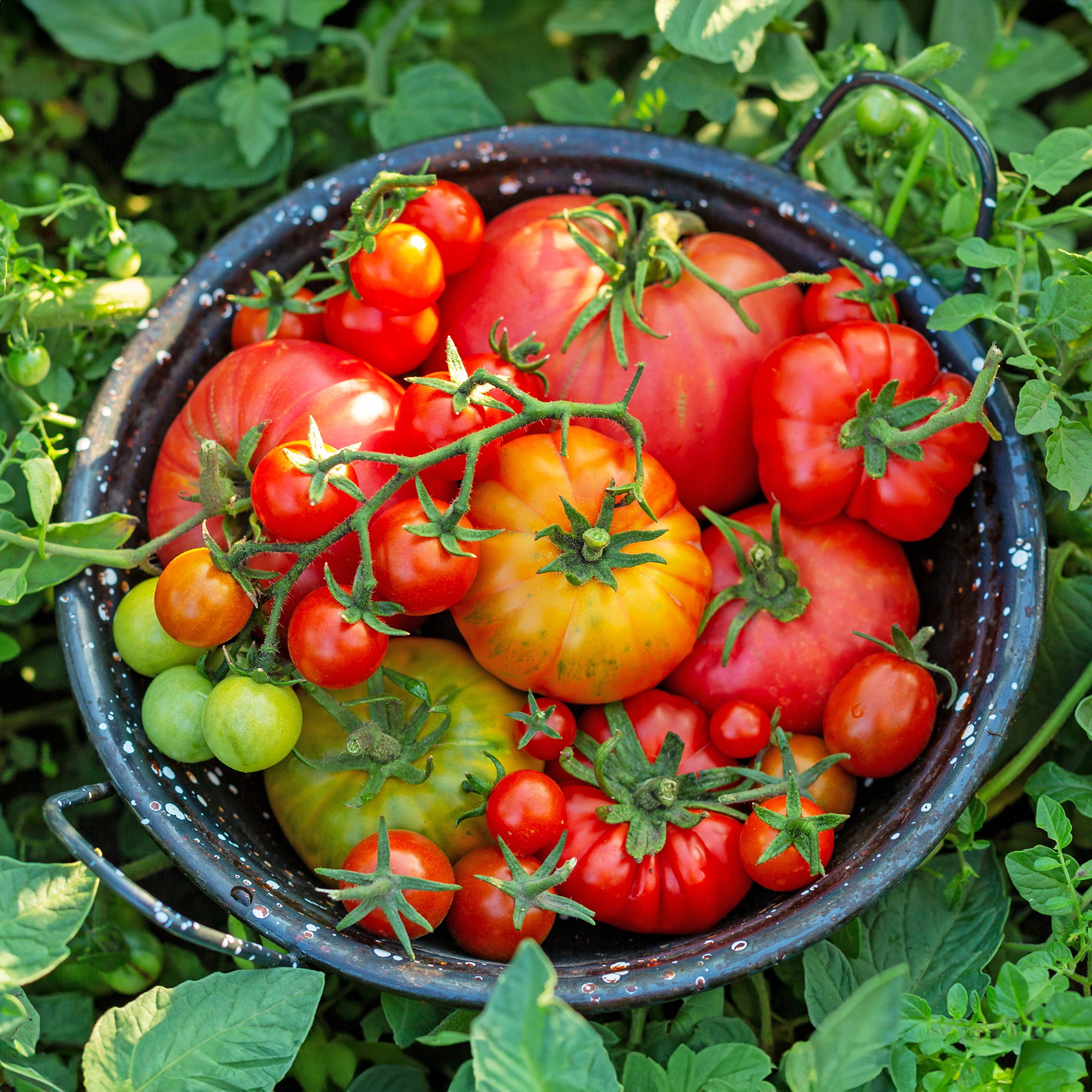What Are Tomato Suckers – And Should You Remove Them?
Tomato suckers are nothing to worry about, but if you want to grow bigger fruits, then managing them is essential. Learn how to identify and remove them.

Heather Rhoades
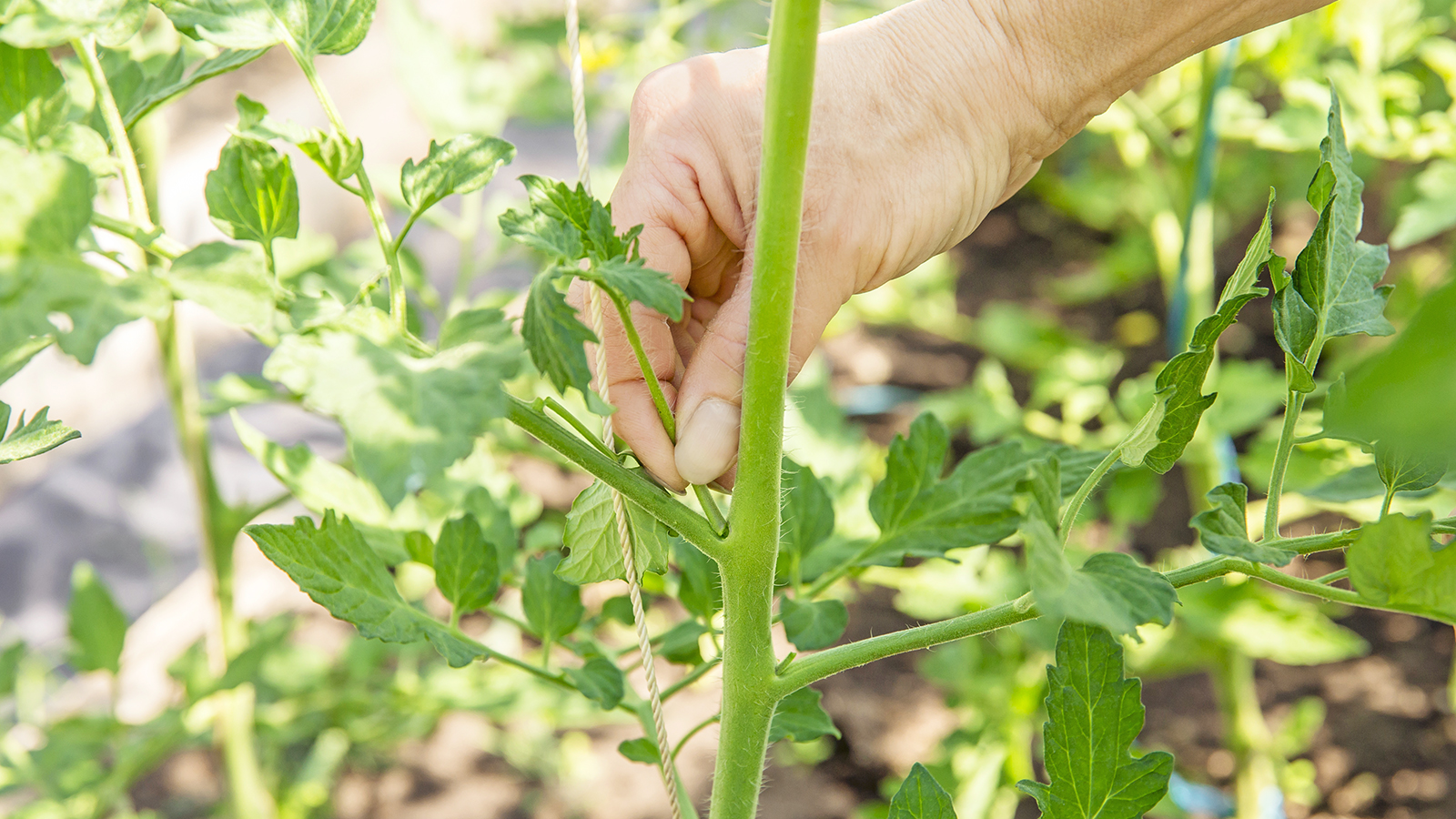
Tomato suckers is a term that is often thrown around by experienced gardeners but can leave a relative newcomer scratching their head. Maybe someone told you to get rid of them ASAP. Or maybe they told you to leave them alone. Either way, you nodded and made a mental note to look it up later. That’s probably why you’re here.
While on the surface, pruning tomato plants doesn't seem like an important job, it can make a big difference to the size of your crop as well as overall plant health. Suckers are a natural part of plant growth, but they tend to take energy from fruit production. So, while removing them is not strictly necessary, there are benefits to doing so.
What Exactly is a Tomato Sucker?
If you are learning how to grow tomatoes, then you have probably seen suckers. A tomato sucker is that little green shoot that sneaks out right where the branch meets the main stem – a sort of leafy hitchhiker wedged into the elbow joint of your plant. At first, it’s small. Easy to miss. But give it a week or two, and it’s a full-blown branch doing its own thing, maybe even putting out blossoms for you.
Sounds like a bonus, right? Sometimes, sure. But the thing is, these suckers don’t just appear politely and wait their turn. They crowd in, soak up energy, and before long, your tidy tomato plant’s a tangled mess with leaves everywhere and fruit nowhere.
So, should you yank them or let them be? Well, that depends on what kind of tomato grower you are.
How to Spot a Sucker Before it Takes Over
Once you know what to look for, you’ll spot them pretty easily. Find a spot where the stem and a branch form a little V. Right there in the crook, a tiny new shoot starts pushing its way out. That’s your sucker.
In warm weather, they grow like they’ve got somewhere to be. How many and how often you see suckers will be determined by the types of tomatoes you are growing. Indeterminate tomato plants (the ones that just keep growing until frost says otherwise) tend to pump out suckers nonstop. Determinate tomatoes? Not so much. If you’re growing the wild ones, expect a bit of a sucker explosion.
Sign up for the Gardening Know How newsletter today and receive a free copy of our e-book "How to Grow Delicious Tomatoes".
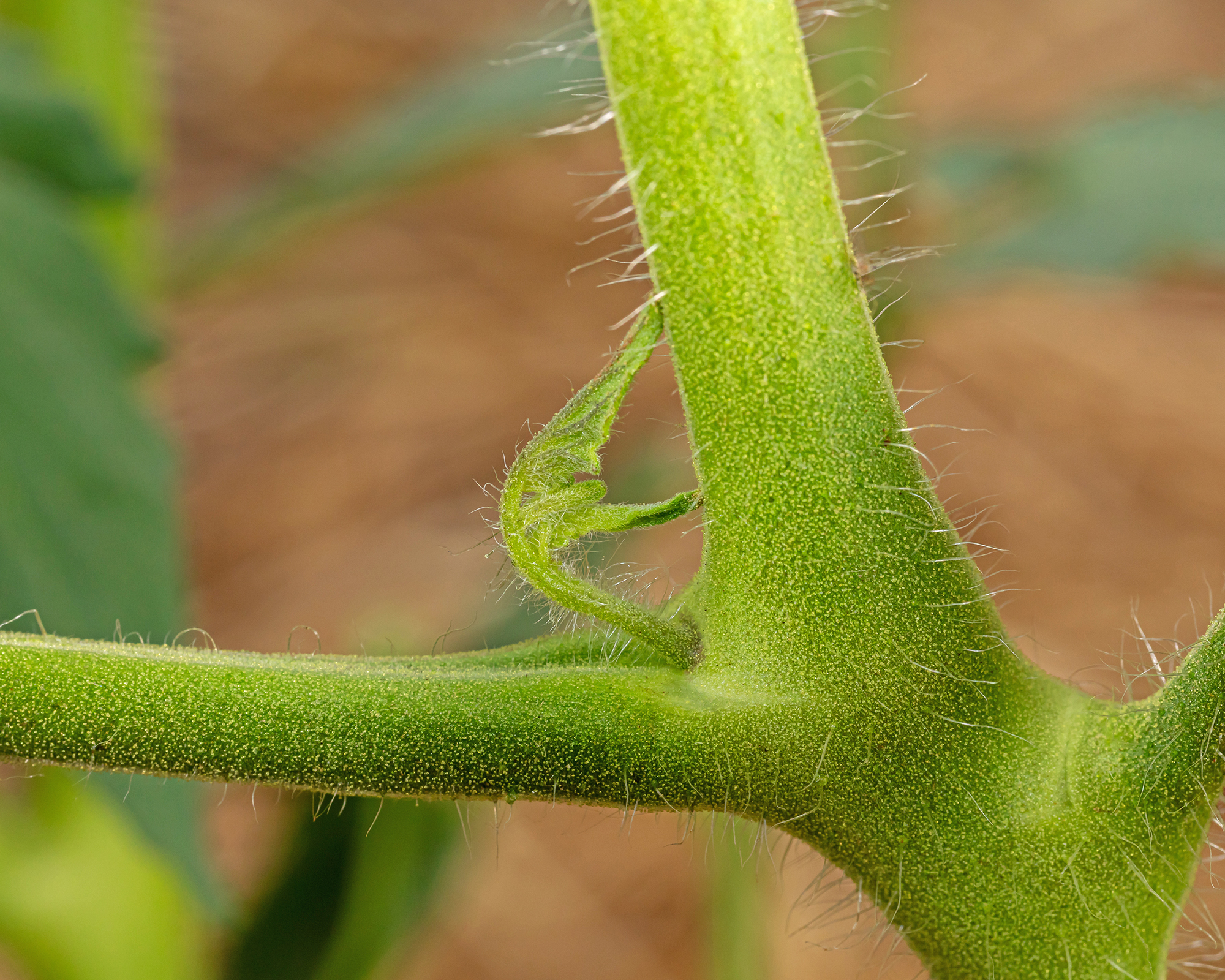
Should You Remove Suckers?
There’s no tomato cop coming around to check your plants, so this part’s up to you.
If your goal is bigger tomatoes – fewer of them, but hefty and juicy – then pulling off a few suckers helps. It keeps the plant focused. Less foliage means more fruit energy. Think of it like trimming the fat.
But if you're going for volume and more tomatoes, even if they’re a little smaller, then letting some of those suckers grow isn’t a big deal. They’ll bloom, fruit, and add to your haul.
Also, space matters. In a cramped bed or container, letting the plant sprawl with suckers makes everything harder. It results in less airflow, a more tangled mess, and the disease risk goes up. So if you're tight on space, leaner is better.
How (and When) to Prune a Sucker
If the sucker’s still young – 2 to 4 inches (5 to 10cm) or so – you can just pinch it off with your fingers. It’ll snap clean. No drama. Wait too long, though, and it thickens up. At that point, you’ll want a clean pair of shears or scissors. These Fiskars 6" pruning scissors, available on Amazon, are perfect for removing suckers, as the micro-tip blades offer greater precision.
Don’t go rogue and rip off a dozen suckers in one go. That’ll stress the plant, maybe even stunt it for a bit. Better to do a little here, a little there. Keep it steady.
Also, pruning tomato plants when it is dry is best. If the plant’s wet from rain, dew, or irrigation, hold off. Fresh wounds plus moisture equals an open invitation for tomato diseases. It's not worth it.
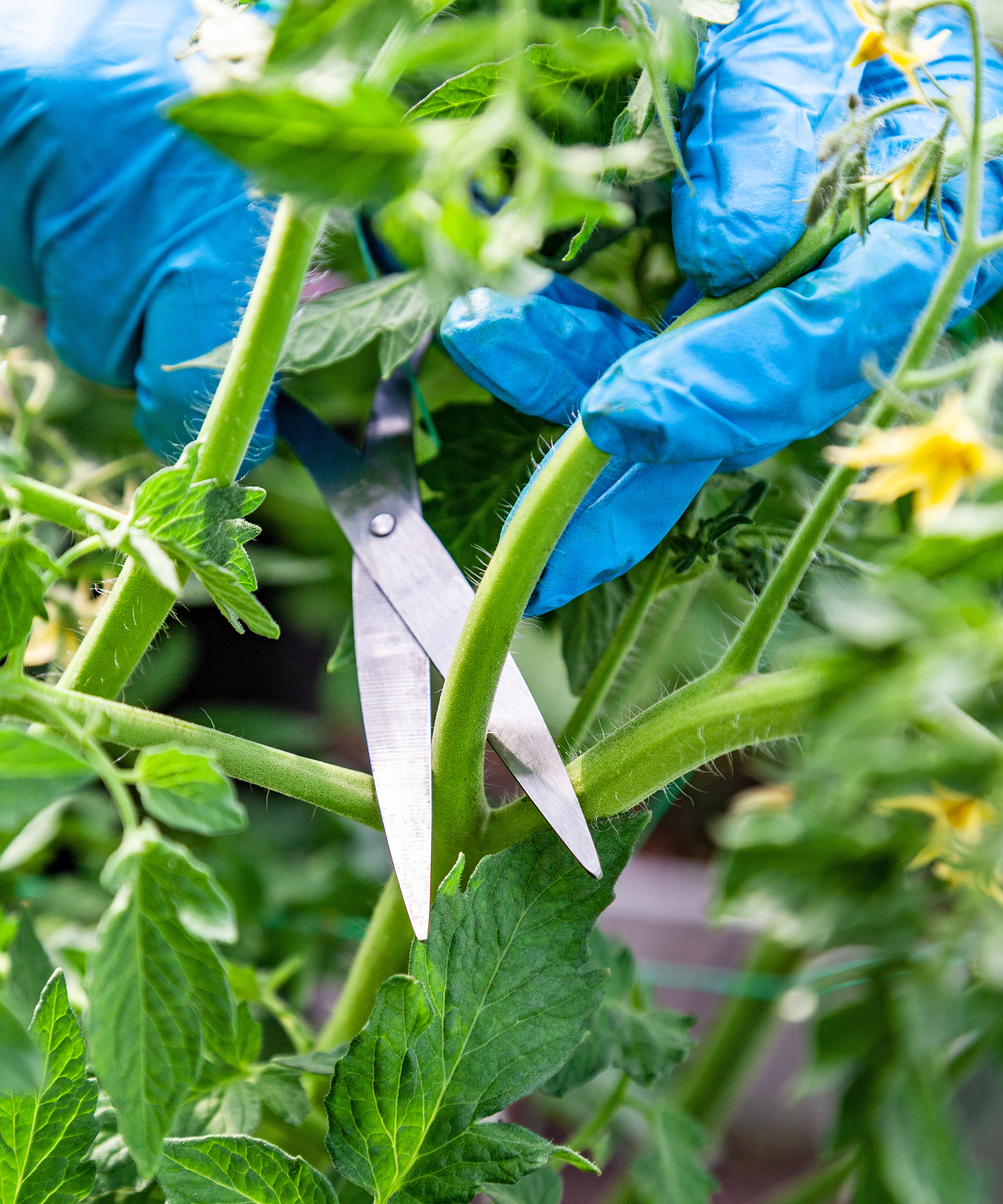
Propagating Suckers
Here’s a neat trick on how to grow tomatoes from cuttings: those suckers you just removed? Stick one in water or moist potting soil. Seriously.
Strip off the lower leaves, dunk the bottom in a jar or poke it into soil, and let it sit somewhere warm and bright. You can even use a rooting hormone to speed up the process. This Garden Safe TakeRoot powder, available on Amazon, contains Indole-3-butyric acid to simulate the root hormone that naturally occurs in plants.
Give it a week, maybe two, and your cutting will start growing roots, creating a free tomato plant. It’s cloning, basically. You already know the genetics, so if the parent plant was doing really well, you’ve got more of the same on the way.
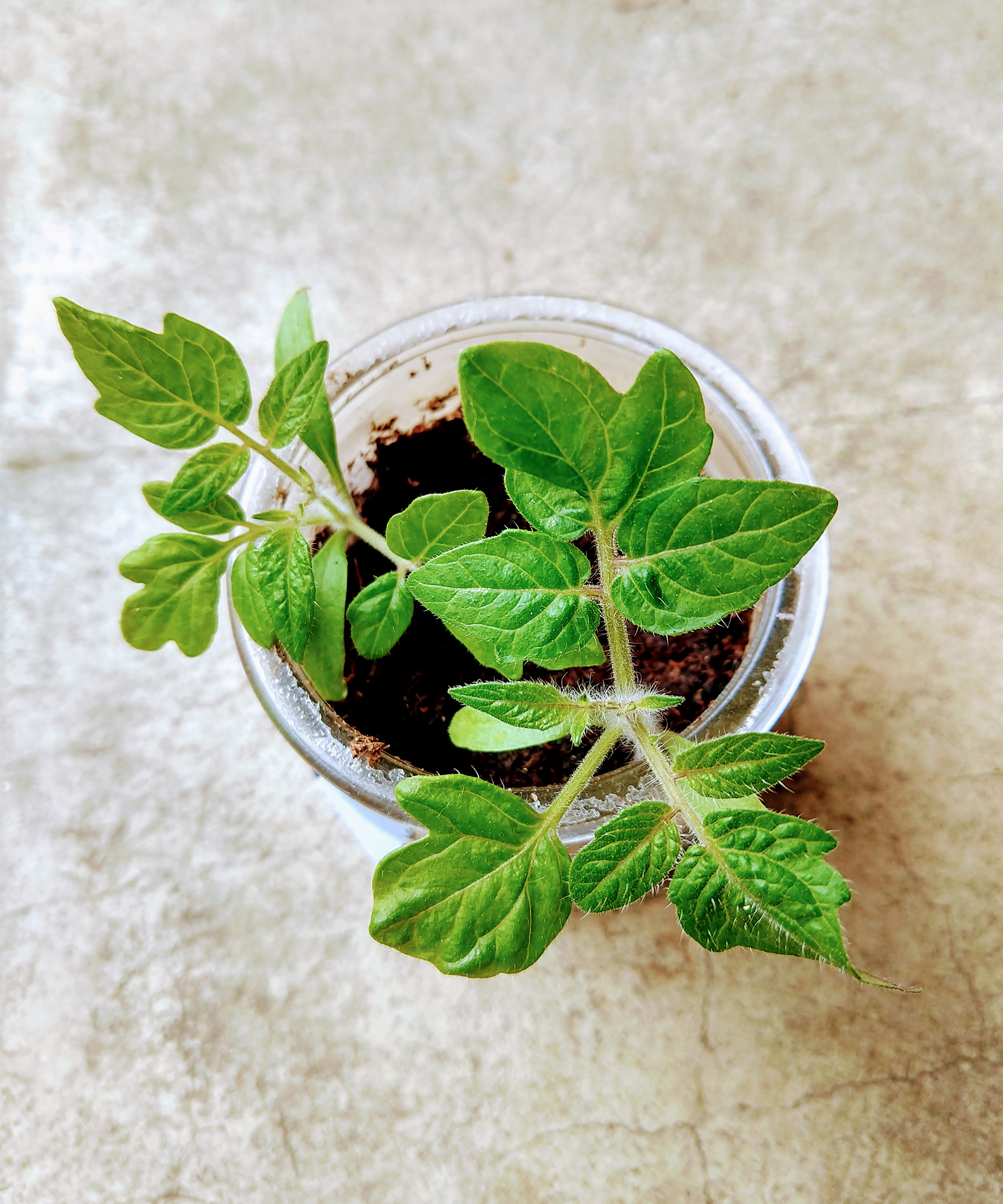
Watch Out for These Common Slip-Ups
One rookie move? Taking off too many suckers at once. The plant freaks out, slows down, maybe wilts. Don’t go full barber mode.
Another mistake? Confusing a flower branch for a sucker. They can look alike at first. If you're unsure, wait a day or two – flowers show themselves quick. You really don’t want to snip off what would’ve been a fruit cluster. That’s heartbreak.
Suckers might seem like a side note, but they seriously shape how your tomato plants behave. Want more fruit? Bigger fruit? Tidier plants? Suckers are part of that conversation.
Try different things. Trim on one plant, leave the others wild. See what your garden tells you. Over time, your own experience will teach you what works for you.
Want to know more about growing your own tomatoes? Sign up for the Gardening Know How Newsletter and receive a free copy of our e-book How to Grow Delicious Tomatoes.
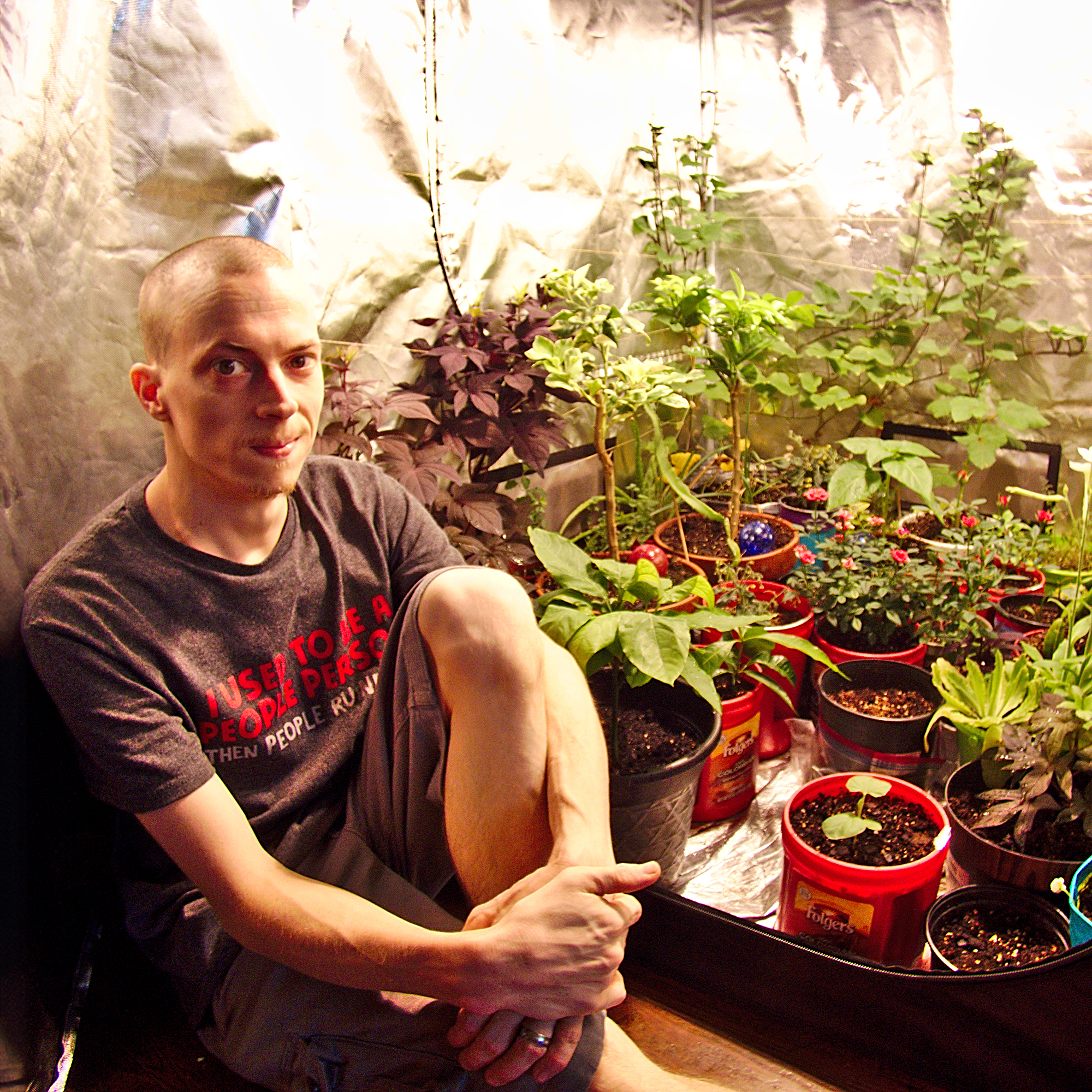
Tyler’s passion began with indoor gardening and deepened as he studied plant-fungi interactions in controlled settings. With a microbiology background focused on fungi, he’s spent over a decade solving tough and intricate gardening problems. After spinal injuries and brain surgery, Tyler’s approach to gardening changed. It became less about the hobby and more about recovery and adapting to physical limits. His growing success shows that disability doesn’t have to stop you from your goals.
- Heather RhoadesFounder of Gardening Know How
